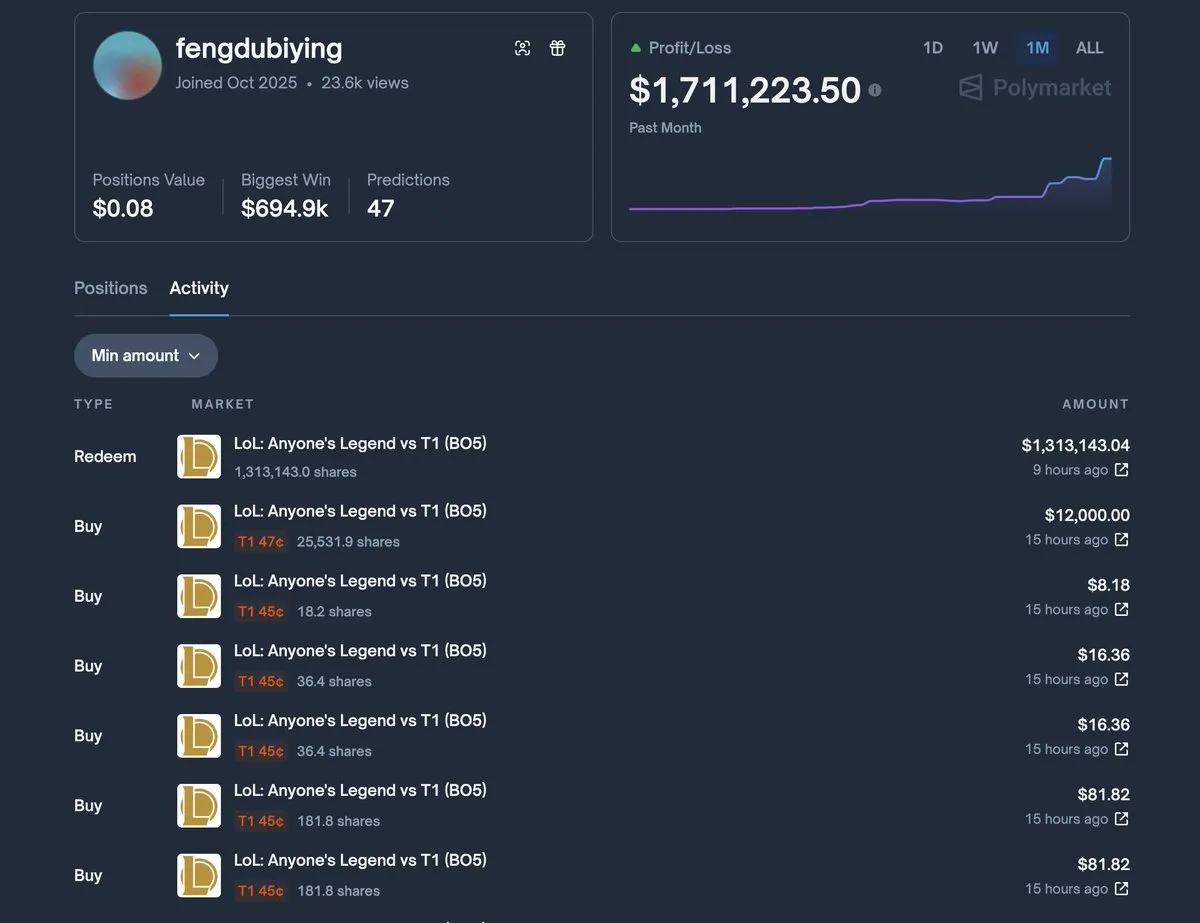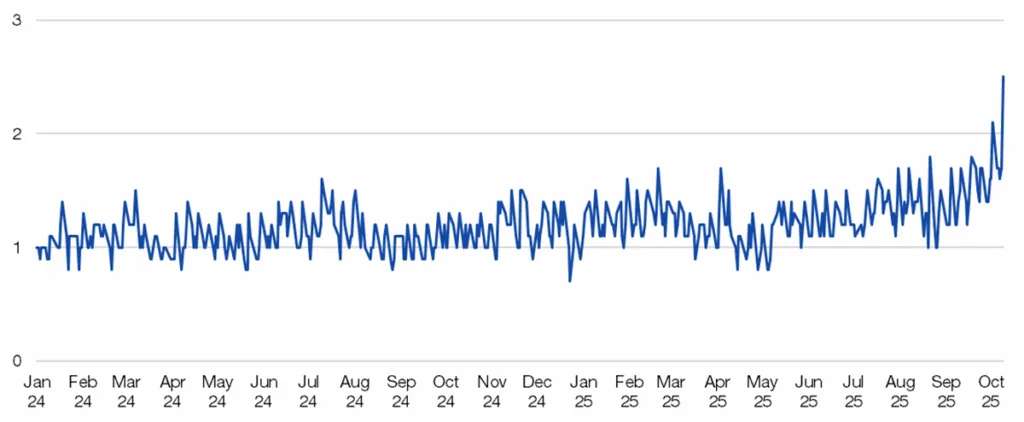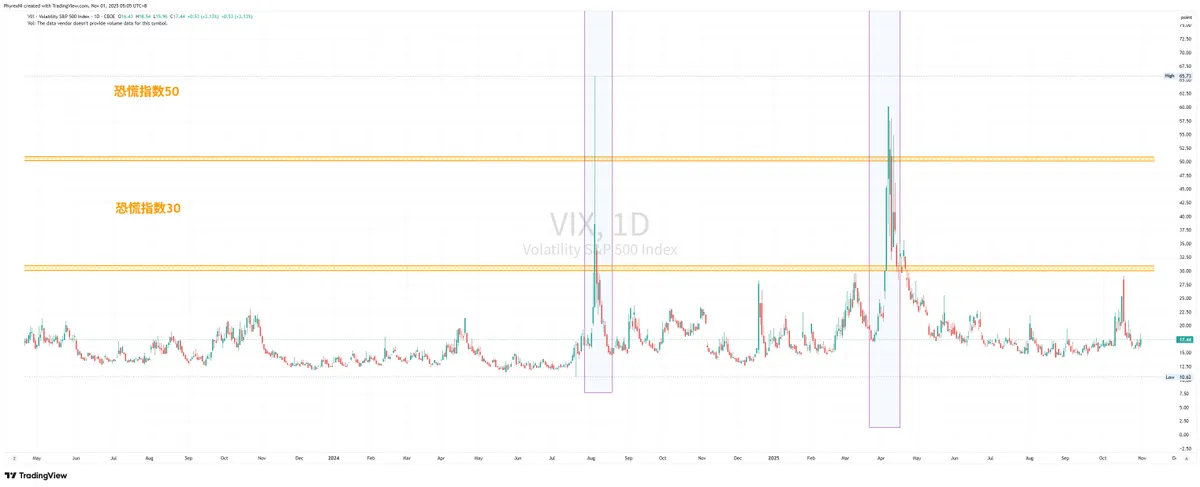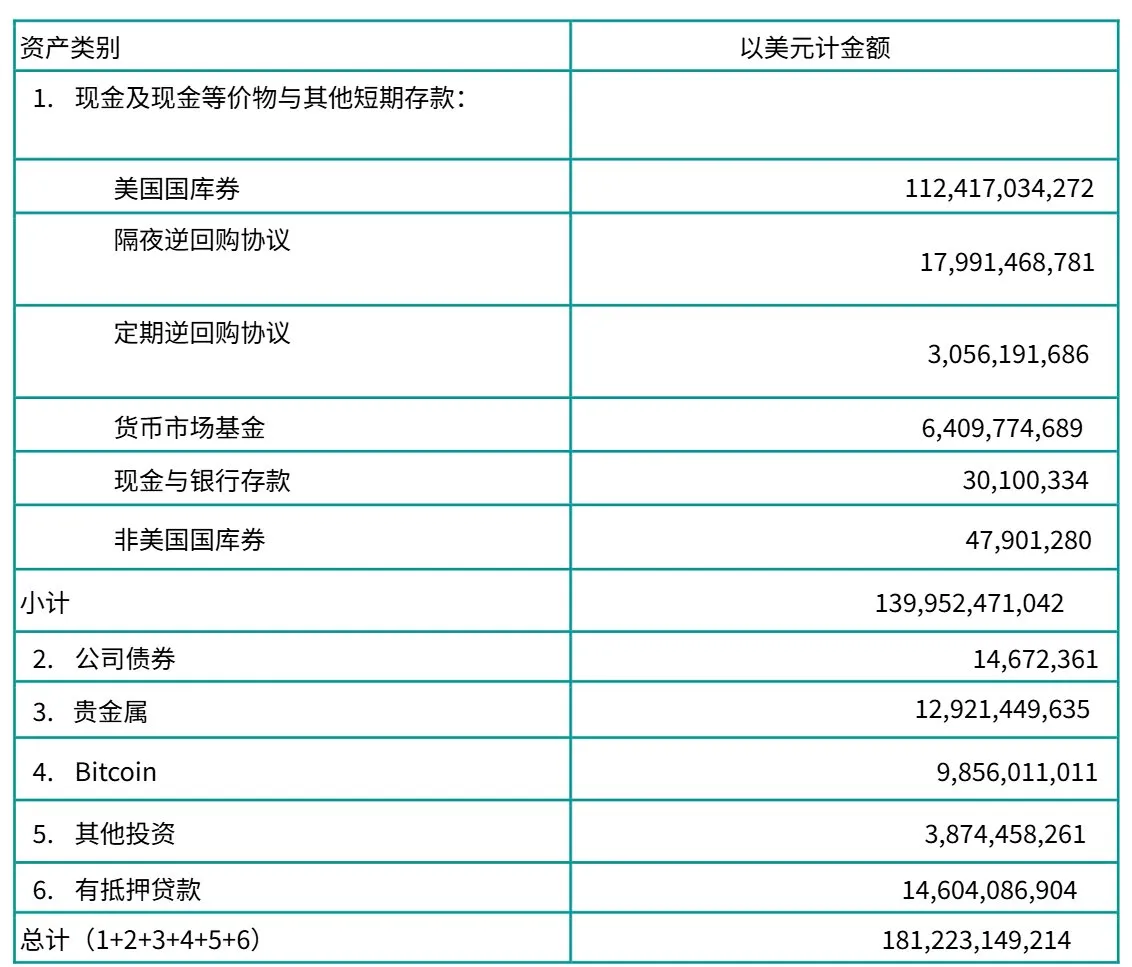Yesterday, the focus was on the A-shares in Space. Today, amidst everyone's expectations, the market not only met expectations but also exceeded them. The A-shares directly hit the daily limit at the morning opening, indicating an unprecedented surge in user confidence. The total trading volume for the day exceeded 3.4 trillion RMB, reaching a historical high, which was anticipated. However, the unexpected elements were numerous, but they can be summarized as the government's official documents.
On October 3rd, when I interviewed an experienced investor, I discussed this topic. I asked him what signs indicated that the stock market might lose momentum or that this rise might be coming to an end. His response was to observe whether consistency still existed, and the best way to disrupt that consistency would be if the central government expressed concerns about the stock market overheating through media channels.
The report I saw today can be considered a media alert, but from the content, it does not directly indicate a tightening of the stock market. However, it is precisely this kind of information that may have contributed to the decline in market enthusiasm. It is hard to have a wall that does not let any information through. The content announced this morning was certainly not decided just this morning, so whether someone had prior knowledge and exited the market with today’s rise remains unknown.
This situation resembles what the "small shareholders" I interviewed mentioned: the more it rises, the more they sell. Although many friends say that China's stock market is driven by policies, which is normal, policy-driven movements are also more susceptible to policy interference. Any slight movement could be interpreted as a policy signal. For some A-share investors, today’s report was seen as "preventing excessive leverage = preventing overheating in the stock market."
Therefore, after the news broke at 10 AM, it was evident that the stock market began to decline. Of course, it started to drop right at the opening, and the decline intensified after the press conference at 10 AM. Although it was just a media alert, the rise in A-shares was still significant, with the Shanghai Composite Index rising by 4.59% to 3,489 points, and the Shenzhen Component Index increasing by 9.17%. The trading volume in both markets surpassed 3.4 trillion RMB, reaching a historical high, indicating that the current investment sentiment among A-share investors is very FOMO-driven.
In contrast to the rise in A-shares, Hong Kong stocks fell. The Hang Seng Index started to decline from the opening and closed down by 9.41%. The Hang Seng China Enterprises Index dropped by 10.17%, and the Hang Seng Index of Chinese-funded enterprises fell by 9.97%. Looking at individual stocks in Hong Kong, the situation is dire, with companies like Alibaba, Tencent, Meituan, Geely, Xpeng, and BYD all experiencing significant declines.
The reasons for the drop in Hong Kong stocks vary widely. Some bearish market participants believe it is due to insufficient policy support, while others point to poor fundamentals in China. I also asked "small shareholders" from domestic listed companies, and they responded that "profit-taking in Hong Kong stocks during the National Day holiday led to a chase into A-shares." Which answer is correct will be revealed tomorrow.
In addition to Hong Kong stocks, the FTSE China A50 Index Futures, which tracks the top 50 stocks in China, also fell sharply by 10.83%. This is different from Hong Kong stocks because it tracks the 50 largest stocks by market capitalization on the Shanghai and Shenzhen stock exchanges, covering sectors such as finance, energy, and consumer goods, reflecting the overall trend of the Chinese stock market and economic conditions. Therefore, the drop in the A50 was somewhat surprising to me.
Upon closer inspection of the main components of the A50, the largest share is held by Kweichow Moutai, which indeed fell by 1.43%. However, CATL rose by 18.7%, which is quite good. Other component stocks also showed more increases than decreases, so I will continue to observe. After all, the FTSE China A50 Index Futures is also a hedging product listed on the Singapore Exchange.
From the current perspective, while there is some uncertainty in the A-share market, the overall sentiment among investors remains positive. The government-issued official documents have suppressed greater FOMO elements, which may allow A-shares to go further, as I emphasized yesterday in Space. For those who do not fully understand A-shares but are willing to participate, stock indices are the best choice, as they reflect the most direct user response in A-shares.
Additionally, on October 5th, I wrote an article teaching everyone how to participate in A-share trading using USDT without going through OTC. Yesterday in Space, I also heard @Trader_S18 and @XTexchange announce their latest products, bringing the FTSE China A50 Index to the exchange and opening trading pairs for FUSHI-A50 and USDT.
It is not new for exchanges to enter the stock market; some exchanges have previously set up sections for US stocks. This time, XT is not the only one doing this. In terms of convenience, it indeed provides ease of use, allowing direct transactions with USDT to buy A-share indices. However, regarding compliance, it is not as secure as traditional brokers, so the choice ultimately depends on the individual.
October 8th is an important date, and we will have to see the reactions from users and policymakers. Tonight, investors tracking A-shares in the US stock market will also provide us with an indicator to see if they are satisfied with today’s performance.
免责声明:本文章仅代表作者个人观点,不代表本平台的立场和观点。本文章仅供信息分享,不构成对任何人的任何投资建议。用户与作者之间的任何争议,与本平台无关。如网页中刊载的文章或图片涉及侵权,请提供相关的权利证明和身份证明发送邮件到support@aicoin.com,本平台相关工作人员将会进行核查。




